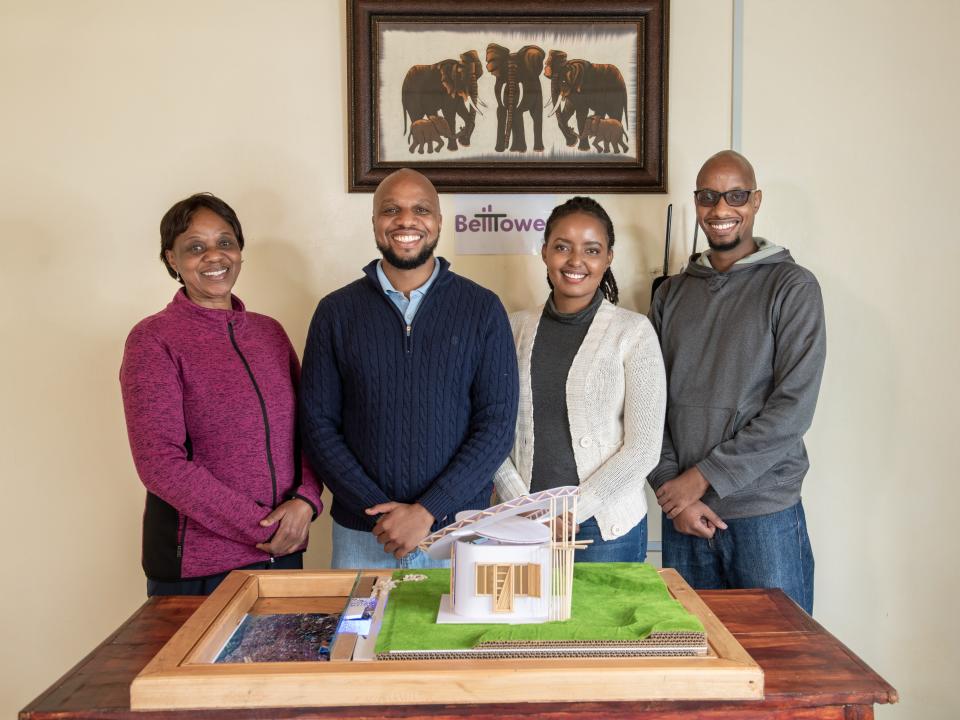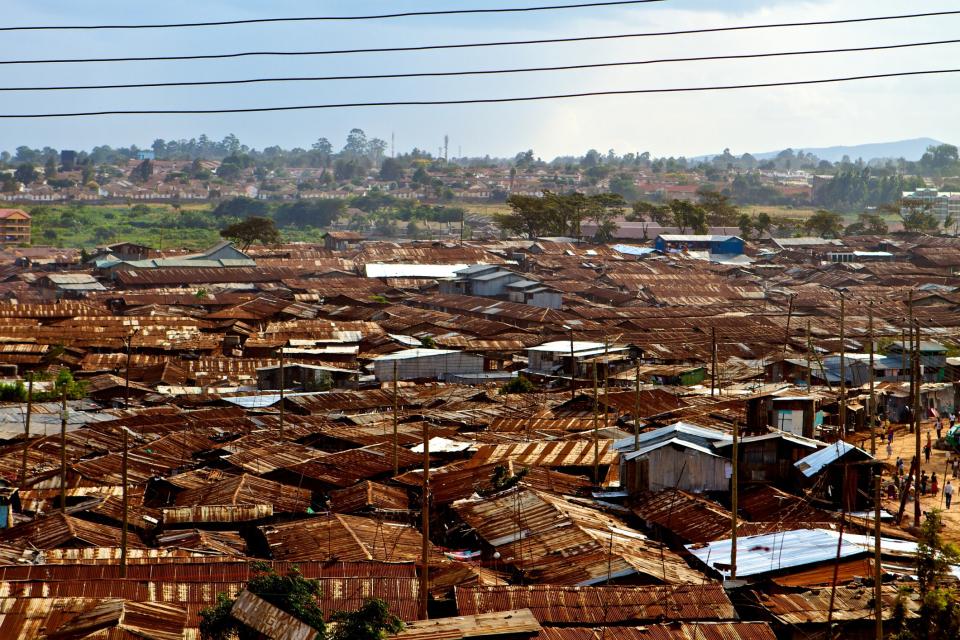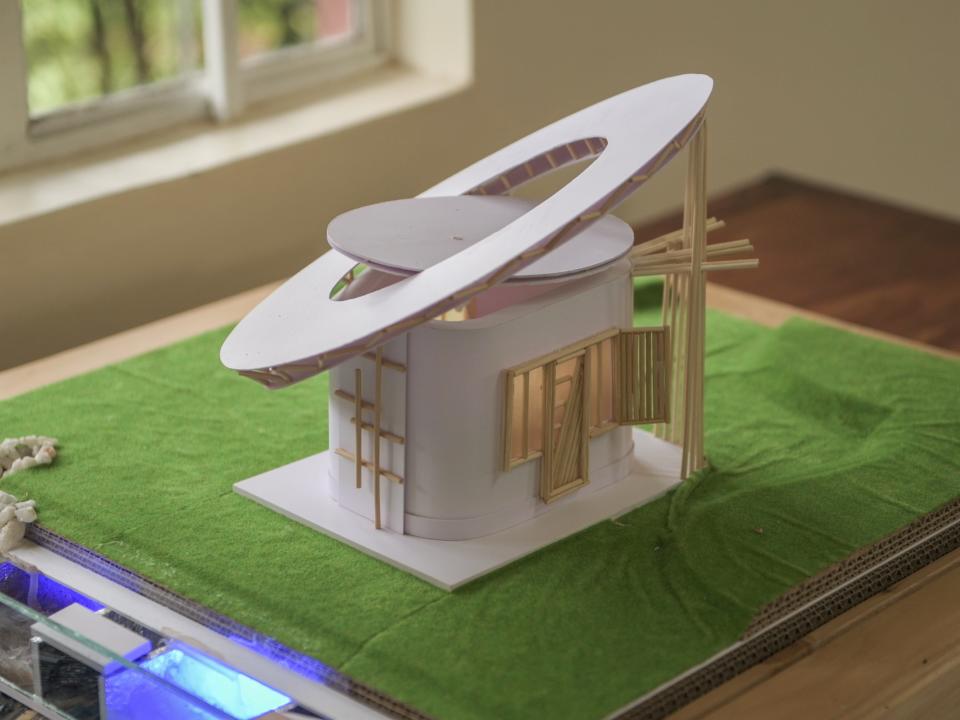Lexus Crowns Its First-Ever African Winner for Its Prestigious Annual Design Award
Kenyan design studio BellTower has been named Grand-Prix winner of the 2020 Lexus Design Award for its innovative clean-water collection and storage unit. It marks the first time a design team from Africa has won the award in its eight year history. BellTower’s design, called Open Source Communities, addresses a common challenge in developing countries—devising a structure that can collect and store clean drinking water. Open Source Communities tackles and solves that challenge.
The Lexus Design Award’s Grand Prix was founded in 2013 by the luxury car company to nurture the next generation of designers. It funds and showcases their work, while equipping them with the skills to address present and future obstacles.

In January six finalists were chosen from among more than 2,000 submissions from 79 different countries. In addition to BellTower, they featured U.S.-based studio Sutherlin Santo, U.K.-based Théophile Peju and Salvatore Cicero, Russian creative Irina Samoilova, Chinese designer Yaokun Wu, and Pakistani industrial designer Aqsa Ajmal.
This year’s virtual jury included architect Jeanne Gang, Publicis Sapient chief experience officer John Maeda, MoMA design curator Paola Antonelli and Toyota chief designer Simon Humphries. Their decision was based on the finalists’ ability to “anticipate, innovate, and captivate in the quest for a better tomorrow,” Lexus says.
Gang said the judges were impressed with how BellTower looked beyond design to the materials and economics of their proposal. “Today with our world plagued with the enormous issues of climate change and social inequity,” she observed, “there is a design imperative for systemic design solutions.”
By addressing how their project will be manufactured and sustained economically, she added, BellTower broadens ideas about what design could be. “While the project is an apparatus to collect and store rainwater for safe drinking, it is also a financial game plan for empowering a community,” Gang explained.
Some 40 percent of Kenya’s 50 million citizens get their water from ponds, rivers, and other untreated sources, according to the global nonprofit, Water.org.

Kibera
Kibera, in the capital, Nairobi, is the largest slum in Africa, home to 1.2 million people. Water pipes built in the 1950s provide water but leave residents susceptible to typhoid and cholera. And many connections are rationed or turned off for months at a time.
Access to clean water means more than just reduced waterborne illnesses, explained BellTower designer John Brian Kamau. It enables Kenyans to wash their hands effectively and reduce the spread of COVID-19.
And it means children can spend less time getting drinking water for their families and more time attending school. Residents of Kibera can walk up to three miles a day to procure potable water. “This is a proven, powerful, long-term solution…that gives families more time to pursue education and work opportunities that will help them break the cycle of poverty,” Kamau says. Kamau founded BellTower in 2014 with designers Joyce Wairimu Gachiri, Ian Githegi Kamau, Esther Wanjiku Kamau, and Arvin Booker Kamau.

The Open Source Communities unit is constructed using bamboo and recycled plastic composites, which are less expensive than standard materials. A prefabricated model costs about $10,000 and can be assembled by five trained workers in 10 days.
Each 46-square-foot unit has space for both water collection tanks and a resource room for training. An adjustable roof panel provides cooling, ventilation, and natural light. The structure’s slanted design maximizes its ability to collect rainwater. According to Kamau, a 30-minute rain shower can provide more than 2,600 gallons of water.
A thousand units scattered across Kibera would reduce the time spent collecting water by about 90 percent, he added, and cut child and maternal mortality rates by more than half. “Our journey began with many challenges,” Kamau said. “However, we persevered to showcase our ambitious concept. Our experience has taught us invaluable lifelong lessons. All our future designs will be aligned with the key principles we learned as part of the Lexus family.”
Originally Appeared on Architectural Digest

